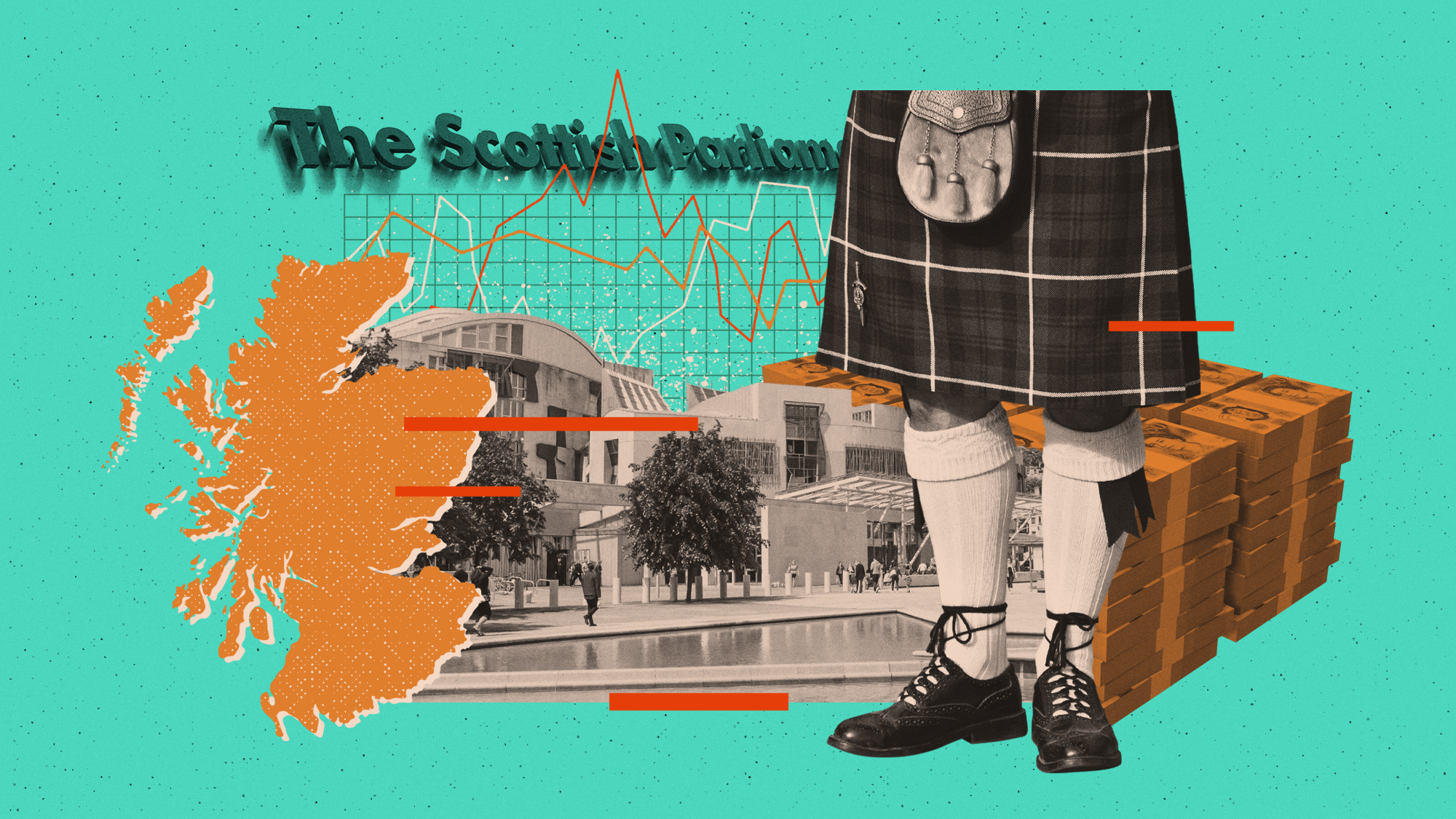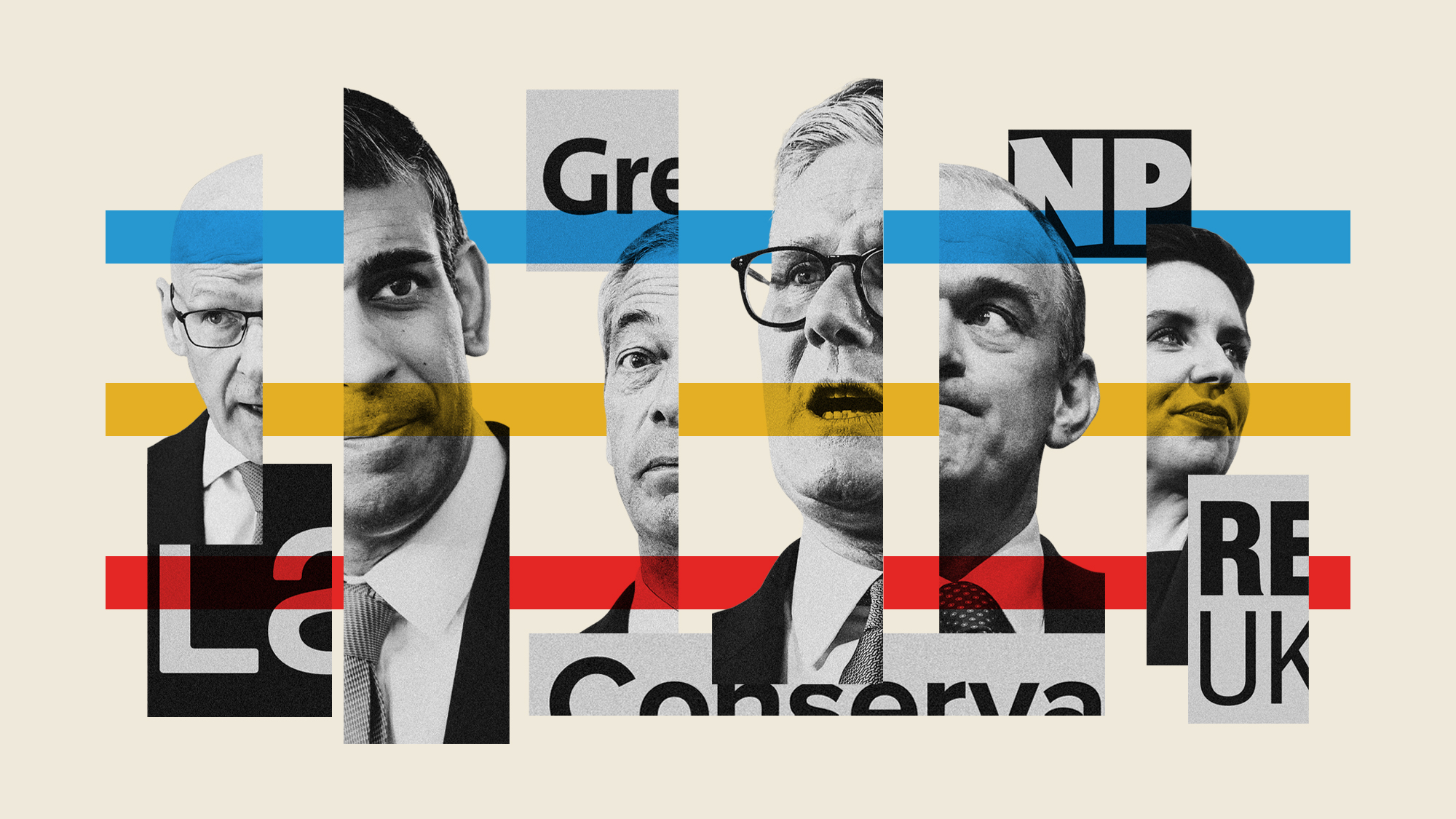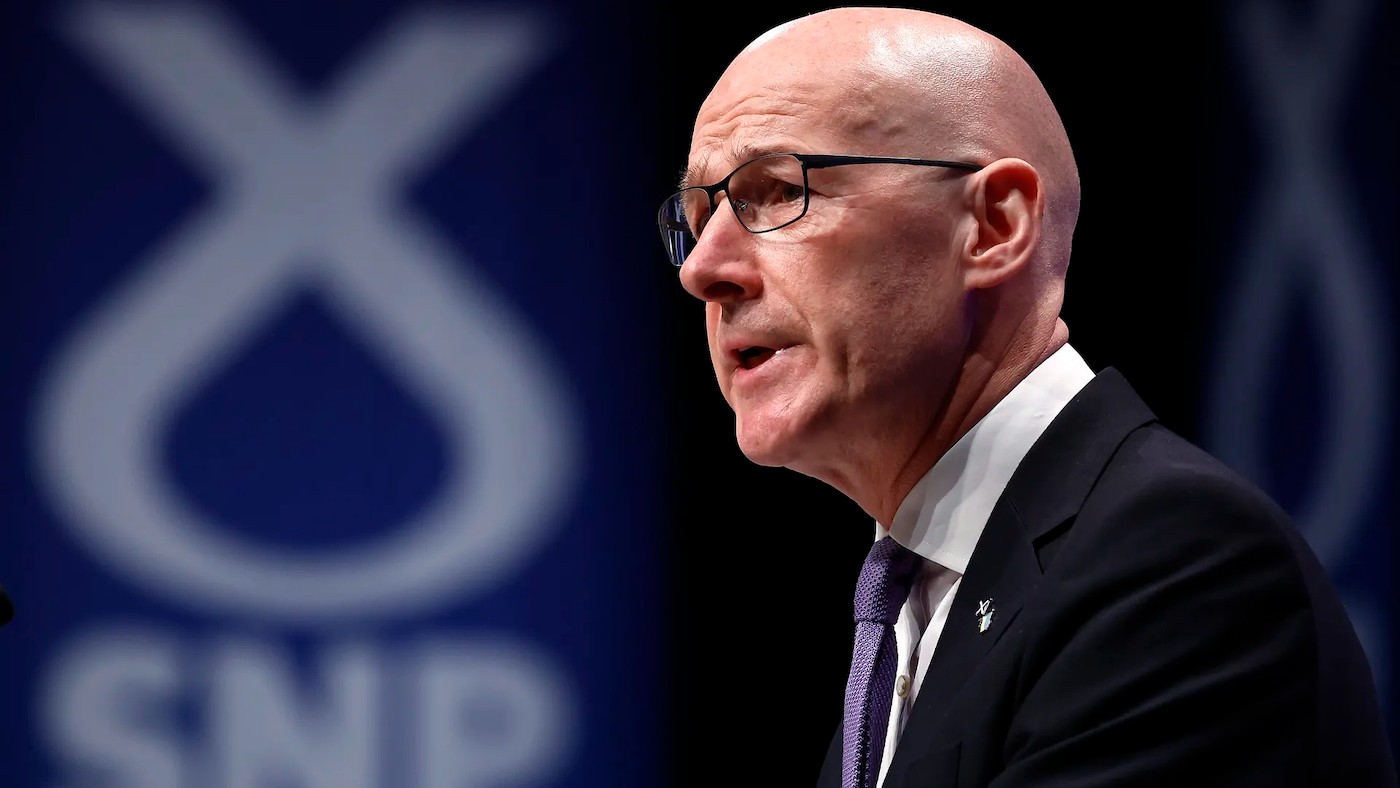‘Kilts not gilts’: the new Scottish bonds
‘Proud day for Scotland’ as SNP government plans to issue bonds to fund infrastructure investment

Scotland is “on track” to issue its first ever bonds in the next financial year, said First Minister John Swinney.
On a “very proud day for Scotland”, the Scottish government also received a credit rating boost, with two key agencies giving it the same standing as the UK.
What are bonds?
A bond is “an IOU from the government to investors”, said the BBC. A government borrows money from investors and sells them a bond – a loan it promises to pay back at the end of an agreed period of years or decades.
The Week
Escape your echo chamber. Get the facts behind the news, plus analysis from multiple perspectives.

Sign up for The Week's Free Newsletters
From our morning news briefing to a weekly Good News Newsletter, get the best of The Week delivered directly to your inbox.
From our morning news briefing to a weekly Good News Newsletter, get the best of The Week delivered directly to your inbox.
The government will also make regular interest payments to the investor, at a percentage rate referred to as the yield. Bond prices can rise and fall, which will have an impact on the yield.
Gilt is another word for a bond, so as a play on this, the Scottish bonds have been nicknamed “kilts”.
Why is Scotland introducing them now?
The Scottish government has had the power to issue bonds since 2016, after Westminster granted Holyrood more powers following the 2014 independence referendum. But it has borrowed money from the UK National Loans Fund, the UK government's main account for managing its borrowing and lending.
Now, limits on how much the Scottish government can raise through bonds have been eased and the Scottish government has concluded that bonds could offer better value for money and more flexibility. Earlier this week, the leading international credit ratings agencies Moody’s and S&P Global gave Scotland a score of Aa3 and AA respectively, the same rating as the UK as a whole and “higher than countries such as Spain, Italy and Japan”, said Sky News.
A free daily email with the biggest news stories of the day – and the best features from TheWeek.com
As for what the funds raised would be spent on, Swinney said housing and the move towards net zero could benefit from the bonds. He spoke of “capital investment in key infrastructure”, but added: “The government will set out in the investment programme in January exactly the projects that we're taking forward over the course of the next few years.”
What about the future?
If it’s re-elected in May, Scotland’s SNP government intends to issue a total of £1.5 billion of debt through bonds during the next parliament. This figure “pales into insignificance” compared to the more than £300 billion the UK expects to issue this year, but it is still “seen as establishing the principle that Scotland can raise its own funds independently”, said The Guardian.
But Moody’s has indicated that the SNP’s goal of independence “might jeopardise its “upbeat judgment” of Scotland’s credit status.
Meanwhile, although bond sales will contribute a “very small part” of the Scottish government’s overall budget because of limits imposed by Westminster, they have a “symbolic value”, said The Scotsman. Bonds could be a means of “raising Scotland’s profile and attracting investment”, according to advisers on the government’s investor panel.
Chas Newkey-Burden has been part of The Week Digital team for more than a decade and a journalist for 25 years, starting out on the irreverent football weekly 90 Minutes, before moving to lifestyle magazines Loaded and Attitude. He was a columnist for The Big Issue and landed a world exclusive with David Beckham that became the weekly magazine’s bestselling issue. He now writes regularly for The Guardian, The Telegraph, The Independent, Metro, FourFourTwo and the i new site. He is also the author of a number of non-fiction books.
-
 5 sleeper hit cartoons about Sleepy Don
5 sleeper hit cartoons about Sleepy DonCartoon Artists take on cabinet meetings, a sleepy agenda, and more
-
 Political cartoons for December 6
Political cartoons for December 6Cartoons Saturday’s political cartoons include a pardon for Hernandez, word of the year, and more
-
 Pakistan: Trump’s ‘favourite field marshal’ takes charge
Pakistan: Trump’s ‘favourite field marshal’ takes chargeIn the Spotlight Asim Munir’s control over all three branches of Pakistan’s military gives him ‘sweeping powers’ – and almost unlimited freedom to use them
-
 Taking the low road: why the SNP is still standing strong
Taking the low road: why the SNP is still standing strongTalking Point Party is on track for a fifth consecutive victory in May’s Holyrood election, despite controversies and plummeting support
-
 Nicola Sturgeon's memoir: making the personal political
Nicola Sturgeon's memoir: making the personal politicalTalking Point Former Scottish first minister attempts to set record straight in 'Frankly' but does she leave more questions than answers?
-
 'Vance stands at a crossroads'
'Vance stands at a crossroads'Instant Opinion Opinion, comment and editorials of the day
-
 Alex Salmond: charismatic politician who nearly broke up the Union
Alex Salmond: charismatic politician who nearly broke up the UnionIn the Spotlight Remembering the former First Minister who 'normalised' the cause of Scottish independence
-
 The SNP: a lacklustre manifesto?
The SNP: a lacklustre manifesto?Talking Point Voters 'getting weary' of familiar fare from Scottish National Party
-
 General election manifestos: how the main parties compare
General election manifestos: how the main parties compareIn depth Labour and the Tories 'leave voters guessing over policy on tax and spending'
-
 Who will win the battle to become Westminster's 'third party'?
Who will win the battle to become Westminster's 'third party'?Today's Big Question YouGov modelling suggests the Liberal Democrats will win many more than the 11 seats they managed in 2019
-
 John Swinney: the SNP's ultimate 'safe pair of hands'
John Swinney: the SNP's ultimate 'safe pair of hands'In the Spotlight Former leader described as a 'serious person for serious times' is front runner to replace Humza Yousaf